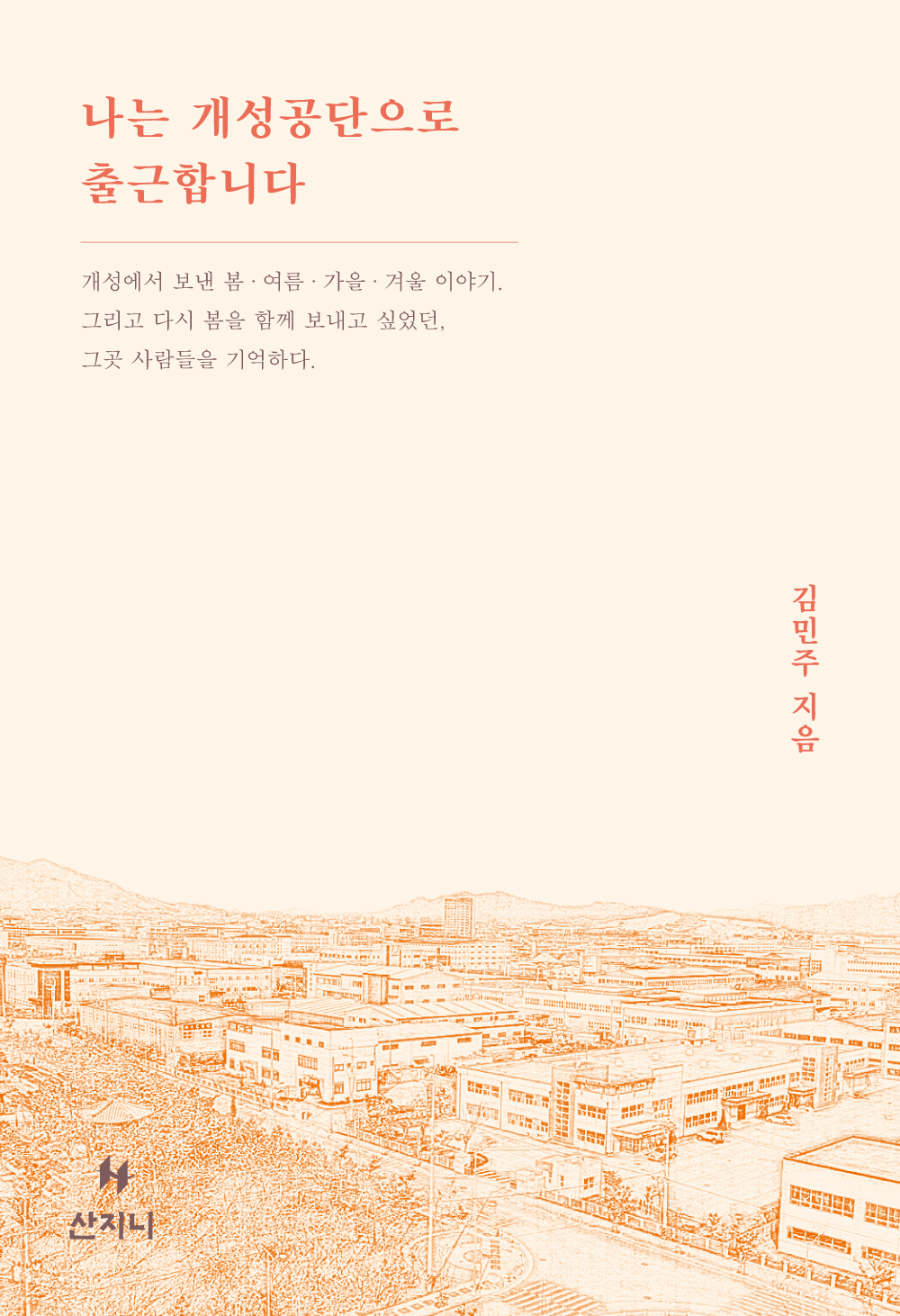
I Work at the Kaesong Industrial Complex
Kim Minju
| Pages | 222 |
|---|---|
| Dimensions | 130*190 |
| ISBN | 978-89-6545-635-3 03300 |
| Price | 15,000₩ |
| Date | December 2019 |
| Contents | Essay |
The writer worked as a nutritionist for a year in a factory at the Kaesong Industrial Complex in North Korea before it closed operations in 2016 and documented the people she met there and their stories.
Have you ever imagined crossing the armistice line to commute to North Korea? Will a day come when South Korean students set to graduate from college will prepare for employment in the North? Having North Koreans for work colleagues, something only imaginable in novels, was possible at the Kaesong Industrial Complex which was part of the inter-Korean economic cooperation project. I Work at the Kaesong Industrial Complex contains stories of North Korea and its people whom the author met while working as a nutritionist at the Kaesong Industrial Complex for a year before it closed in 2016.
The author remembers seeing children ravaging for food amongst building ruins in Pakistan. She was reminded of the Korean War and the division of her own homeland and began to take serious interest in reunification with North Korea. Upon returning to South Korea she decided to work for North Korean children suffering from starvation and began to study to become a nutrition expert.
In the spring of 2015, the author rides a bus to the Kaesong Industrial Complex while repeatedly reciting a list of things she has to be careful of while in the North. She spends a year there as “Manager Madam,” responsible for bringing in food supplies for the approximately 3,000 workers there, including those at the Nurimi factory building, and managing the North Korean staff.
The author is twenty-eight-years-old but she tells the North Korean staff she is forty-one so that they don’t take her lightly. She becomes friendly with the North Koreans by sharing South Korean instant coffee pouches with them, applies medicine to a North Korean employee’s injured finger behind the group leader’s back, and exchanges South Korean-style fillings for making kimchi for North Korean ones.
At times they feel hurt from misunderstandings that arise because their manners of expression are different and sometimes there is a war of nerves over even trivial matters because of the competition between the different systems of the two Koreas, but they cannot hide their sadness over the sudden parting without a promise to meet again.
The news of North Korea we encounter is refined and adjusted through mass media. There is more to North Korea than just Kim Jong-un or nuclear weapons. There too people think of their family first when there is delicious food, there too there is conflict between mother-in-laws and daughter-in-laws, there too there are ordinary people making kimchi in the winter. The book contains stories of custom officers, soldiers, laborers, duty-free saleswomen, security guards, and North Korean employees who laughed and cried and worked together every day. In other words, ordinary and little stories about neighbors. The tensions created whenever there were delicate maneuverings between the two Koreas between 2015 and 2016, the friendships that bloomed every day, the compassion for one another is all part of this book. Readers can feel the cautious yet sincere feelings of the North Korean people beyond the propagandist slogans, feelings we never hear about in the mass media that only talks about socio-political relations.
